Strategies like early closure of inefficient coal power plants, increased competition, annual tariff revision and smart meter deployment can help the Indian power distribution sector turn around and become profitable—according to a new report by the Institute for Energy Economics and Financial Analysis (Ieefa).
As of May 2020, the Indian power distribution sector had accumulated overdue amount of Rs116,340 crore to generation companies, while already carrying total outstanding debt of Rs478,000 crore (in FY2018-19).
Discoms have been unable to improve their operational performance despite multiple bailout packages from the government.
The Ieefa report recommends that the Indian power distribution sector needs a systemic improvement to reduce financial and operational inefficiencies and cut losses.
Coal phase-out
The Ieefa report recommends that discoms work with state governments to retire their old, inefficient and expensive coal-based power plants as a key pathway to reducing their average cost of power procurement.
“We suggest state-based discoms sit down with state generation utilities and review what old thermal power plants they can retire, given the state of surplus capacity,” said author Vibhuti Garg.
“Many thermal power stations are old and operating at well under half their capacity, yet the states are bound by contracts to continue to pay hefty capacity charges.
“We understand that retiring power plants won’t be easy as the proponents want to make money for the life of the contract period. But to move forward and start to reduce the massive discom debt while enabling the states and the nation to transition to a cleaner, cheaper energy economy, the states will have to jump this hurdle.”
Further recommendations
The report also recommends reducing cross-subsidies to decrease the burden on commercial and industrial customers and increase healthy competition. The implementation of Direct Benefit Transfer, solar irrigation pumps, and the adoption of policies favouring the uptake of solar rooftop systems will help to reduce cross-subsidies.
Further, installing smart and prepaid meters will help discoms manage their load better while reducing metering and billing losses and theft, it stated.
Discoms could procure new renewable energy capacity by devising a new tariff structure in which the developers bid for levelized tariffs. The initial tariff could start from a lower base in the first year and allow inflation indexation over the contract’s length.
Increased private competition and transition to a National Pool Market are among other recommended strategies.
“The government of India should consider implementing these recommendations, and if state government lending and guarantees and discom subsidies are still required, they should be tied to the performance of the states in implementing reform in their distribution sectors,” said report co-author Kashish Shah.
This content is protected by copyright and may not be reused. If you want to cooperate with us and would like to reuse some of our content, please contact: editors@pv-magazine.com.
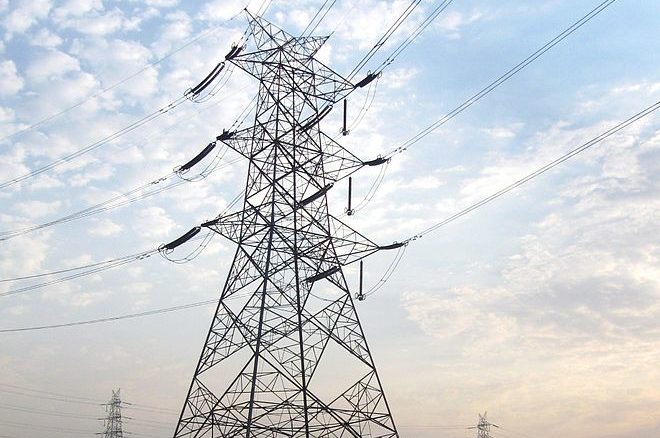
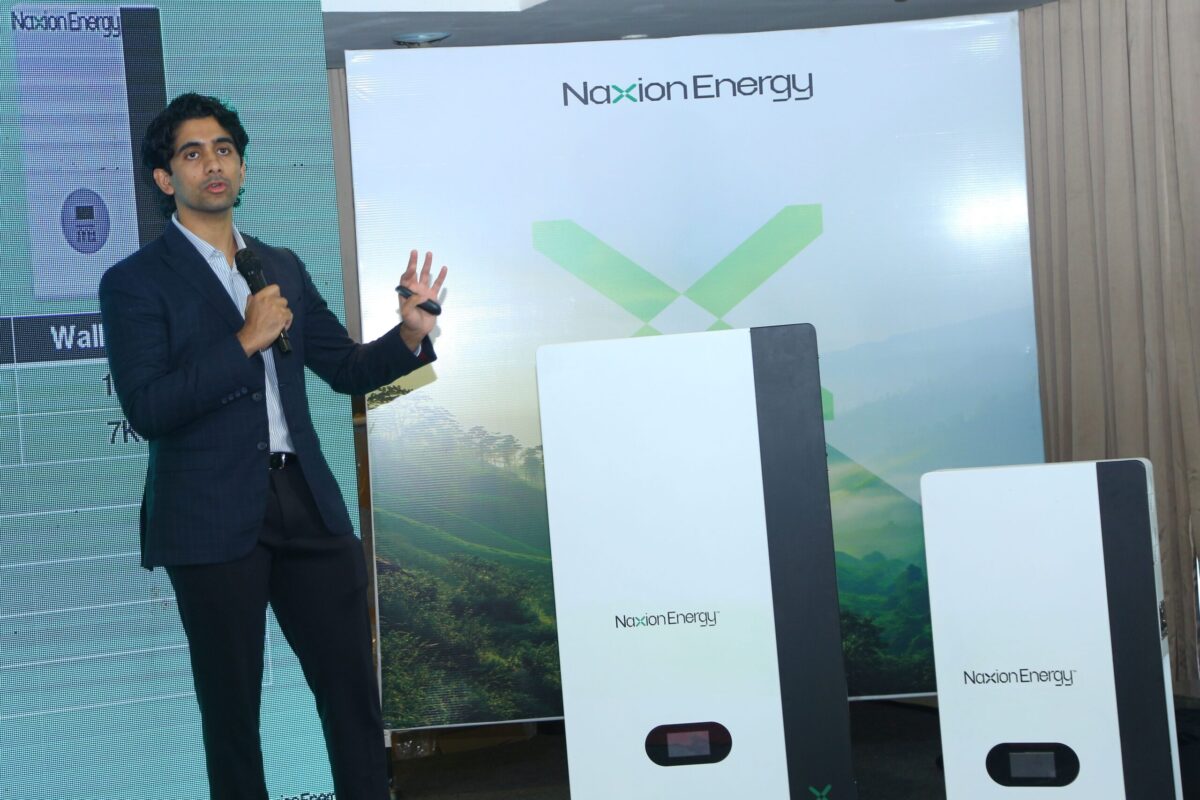


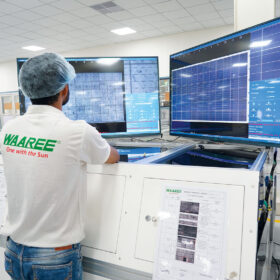
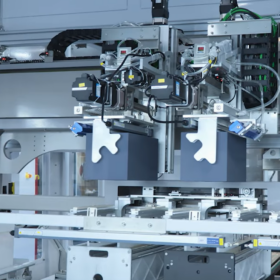
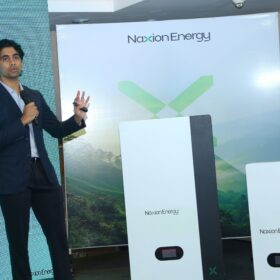
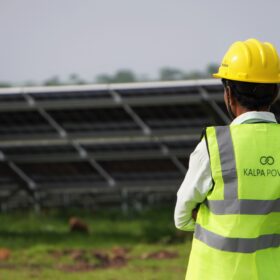
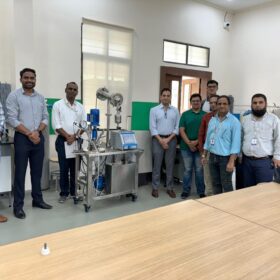
Living in India it is difficult to believe there is Power Surplus.
If so….
• Why are large parts of the country WITHOUT reliable 24/7 Power?
Distribution Companies are unable to “sell the power” BECAUSE THEY don’t Invest or provide Elec. to all their “captive” Customers. (A village connection is not enough..).
• Why is there a need for Load Shedding if there is surplus power?
• It is possible that due to the COVID Economic Turndown Demand may not have matched Predictions, Forcast, etc…. and there is a case for Compensation…. but ONLY where Distribution Companies have “spread the grid” to reach every nook and corner of their “franchise area(s)” and also had ZERO Load or Other Shedding…. with 24/7/365 Power to ALL CUSTOMERS.
• Generating Stations are built to Operate for Decades, and rely on substantial Investment by Banks & Financial Institutions. Govt/RBI/Banks etc… can/must provide “COVID Interest Relief” if, in fact, the power they generate cannot reach their customers and not because of their own Financial, Fuel or O&M problems.
• These are definitely trying times as The World fights THE CHINA CREATED AND SPREAD OF COVID.
I hope that once the “dust settles” Fair Compensation will be forthcoming.
• Global/Local Assets of China and its tentacles (China Owned Organizations and their Assets) must be Liquidated to pay for the Damage caused by COVID all over the Globe…….
• It would meet even the most “basic level” of Justice that the Culprit behind COVID (China) is punished even if is fatal…. just like COVID is for the million or more who have or will succumb to it…. and millions more who suffered…. amounting to Trillions of Dollars alone.
• Then there is Compensation for the Global Multi-Trillion Dollar Economic Loss (like these Coal Fired Planrs, DISCOM’s, etc..)….
• If China is headed for TOTAL BANCKRUPTCY …. SO BE IT…
It has DESERVED IT as it repeatedly Denied, Resisted and even Facilitated (by murdering or vanishing those who spoke up in China) the spread of THE GLOBAL COVID…. MADE IN CHINA….!!!